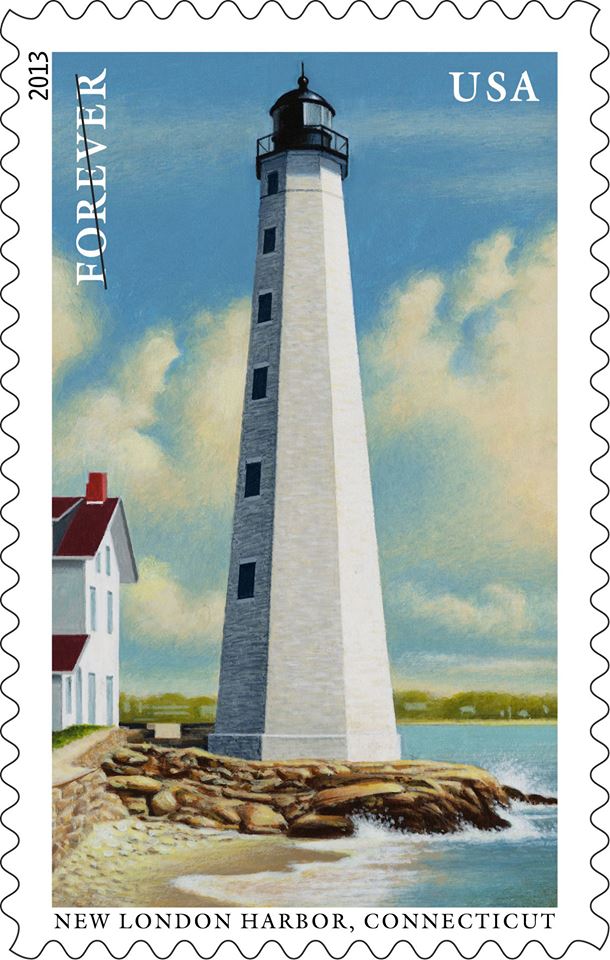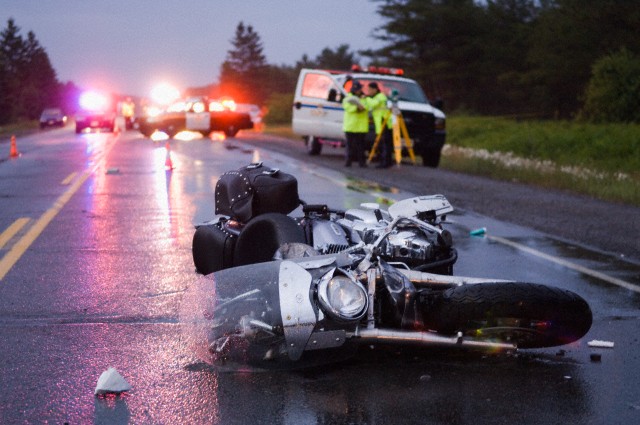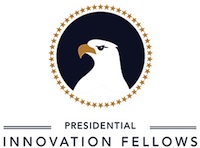With veterans returning from active duty in increasing numbers and seeking to pursue higher education or achieve a place in the workforce, efforts are underway in Connecticut to respond.
The Veterans Vocational Training Program (VVTP), is a new initiative of Hartford-based Connecticut Public Broadcasting Network (CPBN). The program offers veterans,free of charge, two different programs of study. Media Arts, which focuses on the Adobe programs Photoshop, Illustrator, and In-Design, is offered during the Fall 2013 semester, which begins on August 26. The other program seeks to develop the talents of budding video producers and editors.
Both programs inclu de 90 hours of classroom instruction, professional portfolio development, and an additional 60 hours of hands-on learning. In addition, the VVTP helps potential employers connect with veterans seeking specific employment opportunities.
de 90 hours of classroom instruction, professional portfolio development, and an additional 60 hours of hands-on learning. In addition, the VVTP helps potential employers connect with veterans seeking specific employment opportunities.
There will be an Open House for veterans to learn more about the program on July 18 at5:30 PM at CPBN, located at 1049 Asylum Avenue in Hartford. Inquiries about the program can be directed to Major (ret) Tim Krusko, Program Manager, at 860-275-7337 or email veterans@cpbn.org. Questions can also be directed to CPBN’s Director of Education Services, Donna Sodipo at dsodipo@cpbn.org or 860.275.7337. Individual tours of the facilities are also available.
The initiative has quickly developed a wide range of partners that will help CPBN provide veterans with a real-world education while increasing their employment opportunities. CPBN is also reaching out to colleges and universities for referrals of veterans who might benefit from the VVTP as a no-cost way to supplement or enhance their current media education experience through hands-on learning. The VTTP is not restricted to Connecticut residents.
The Fall 2013 semester starts August 26, 2013 and ends December 19, 2013. The Spring semester will run January 13 through May 12, 2014. The goal is to have 85 percent of program participants successfully employed after completing the program.
In a separate effort, the Connecticut Conference of Independent Colleges, which includes 16 higher education institutions in the state, recently held a one day, state-of-the-art training for over 100 campus participants from throughout Connecticut that focused on military culture and serving student veterans.
Offered by the Center for Deployment Psychology, the training was designed to increase competency in the concerns, challenges, culture and experience of service members and veterans attending college. Mental health professionals as well as non-clinical university staff specializing in student affairs, financial aid, disability services, housing, campus security and o thers attended.
thers attended.
The training covered:
· Culture and Experience of Service Members & Veterans on Campus
· The Deployment Cycle and its Impact on Students
· Reintegration on Campus
· Outreach Strategies and Group Exercise
· Overview of Treatments for PTSD on Campus
The training was offered free of charge to every non-profit public and private college in Connecticut. It funded by a grant from the Bob Woodruff Foundation and was offered through a collaboration of the American Council on Education and the Center for Deployment Psychology at the Uniformed Services University of the Health Sciences. The event was part of an ongoing effort coordinated by CCIC “to help campus representatives learn best practices and gain an understanding of resources available to make the campus experience successful for those who made the commitment to protect and serve our country.”
The VTTP is made possible through the generous corporate sponsorship of organizations and businesses including the Wounded Warrior Project, Newman’s Own Foundation, Walmart Foundation, the SBM Charitable Foundation, Farmington Bank Community Foundation and the Corporation for Public Broadcasting. Wounded Warrior Project awarded CPBN with a $250,000 grant for the economic empowerment of wounded warriors and their family members. CPBN is currently seeking additional grant programs to help grow the program beyond the first year and replicate it in other parts of the country.
The VVTP program is a component of CPBN’s soon-to-be-completed $3.5 million Learning Lab, which will also offer education programming aimed at Hartford public school students. CPBN will dedicate a state-of-the-art learning space to these initiatives, to include studios, sound rooms, classrooms, offices, and video production and media arts facilities.

 s qualities that compel us to come closer.
s qualities that compel us to come closer.













































